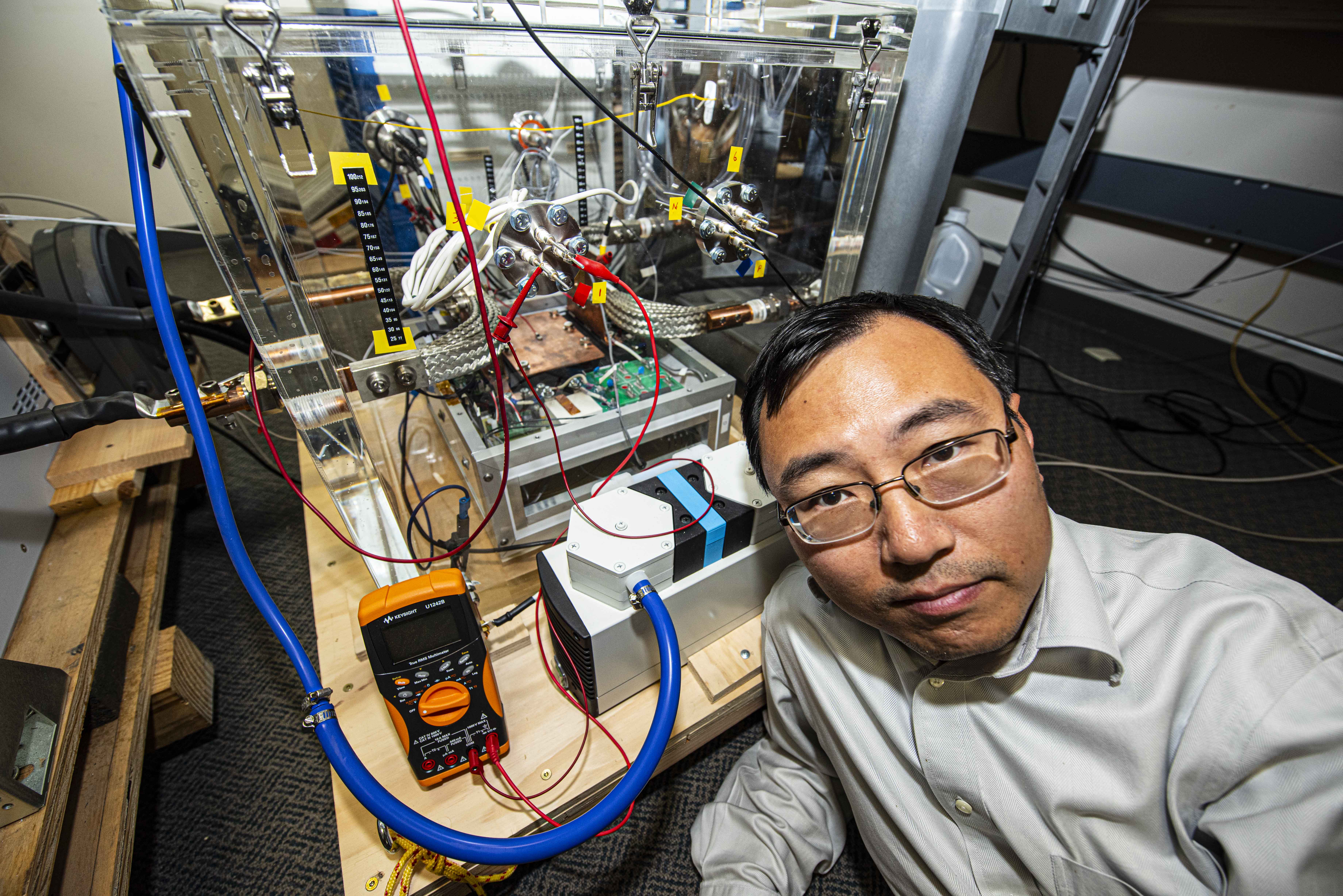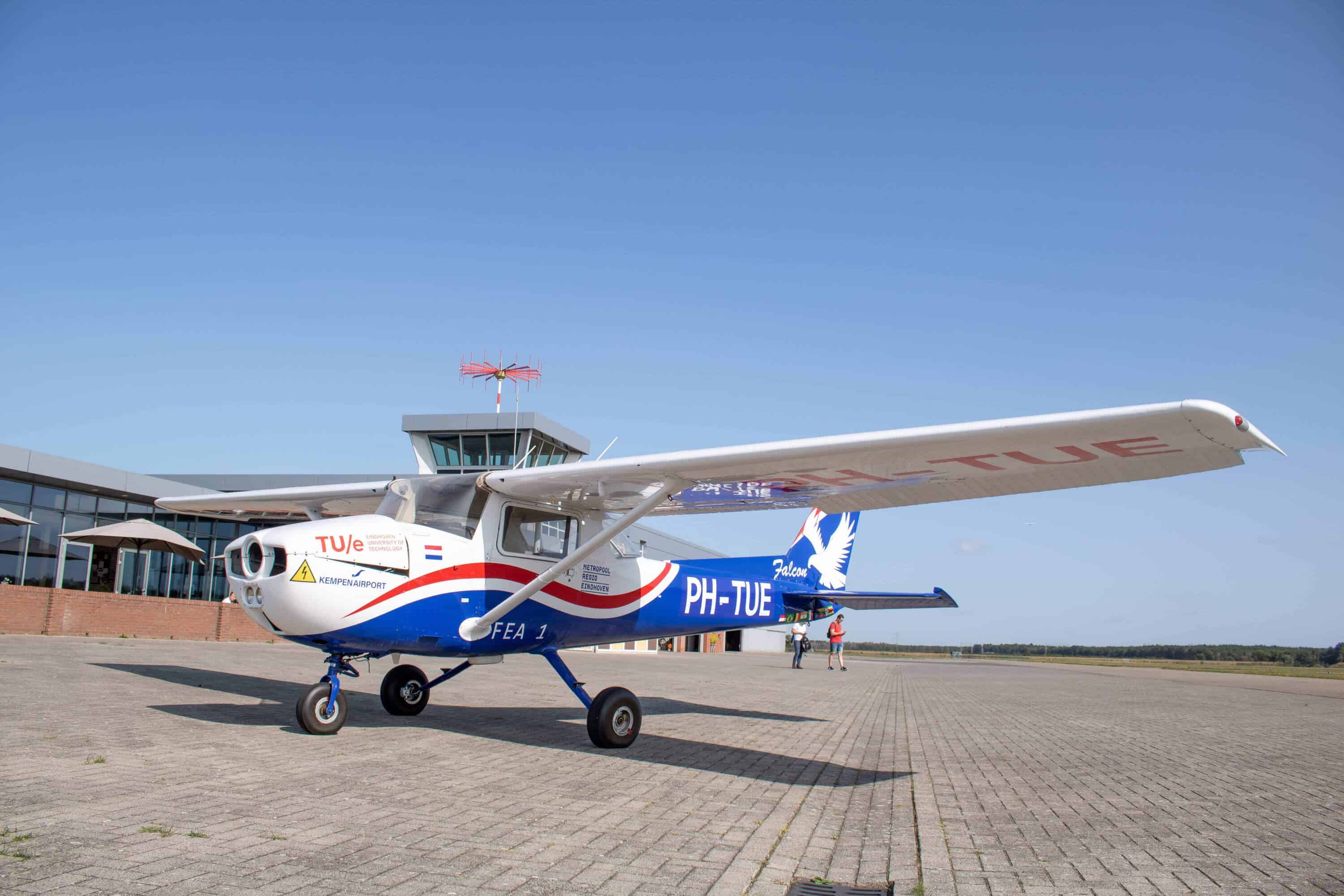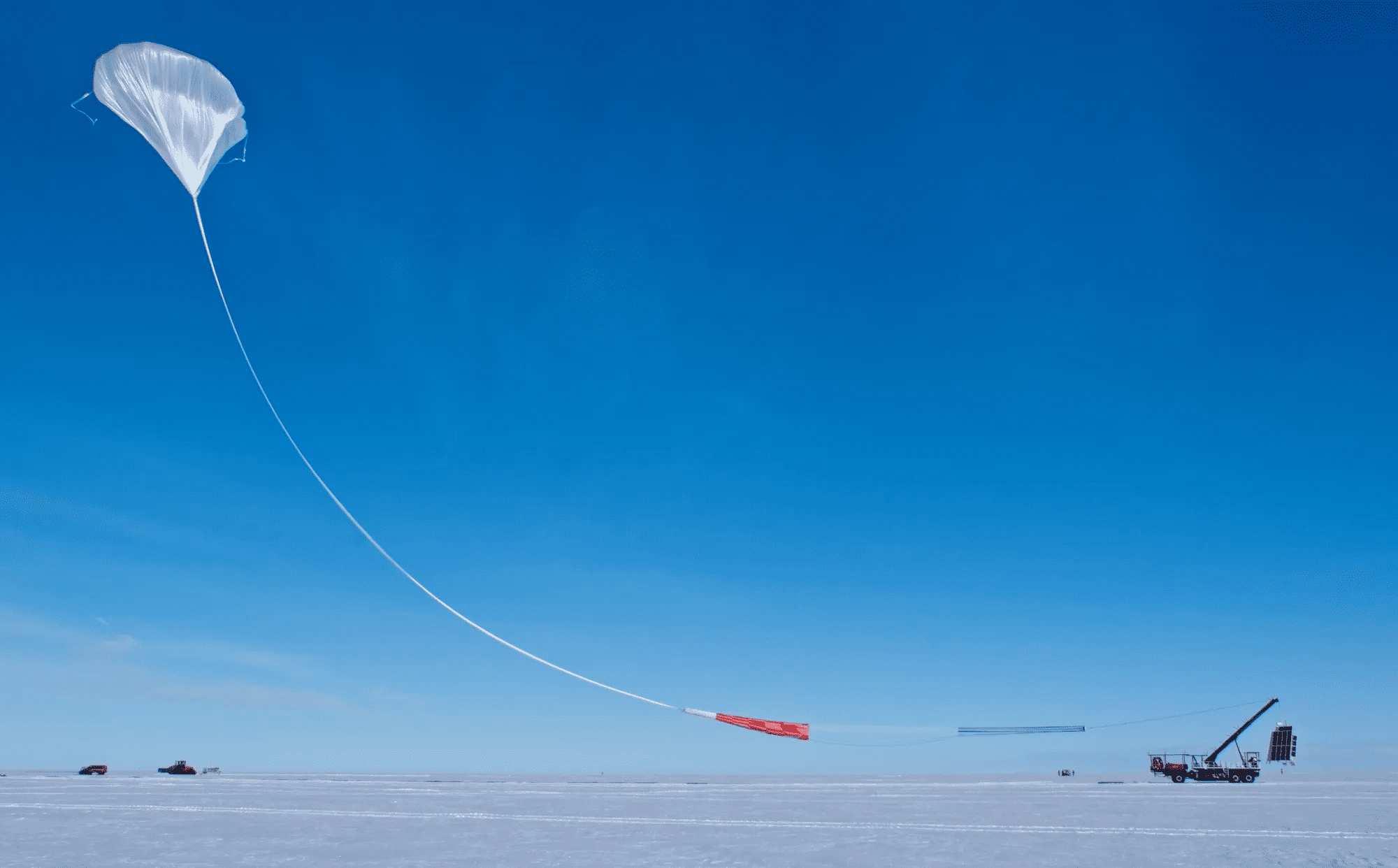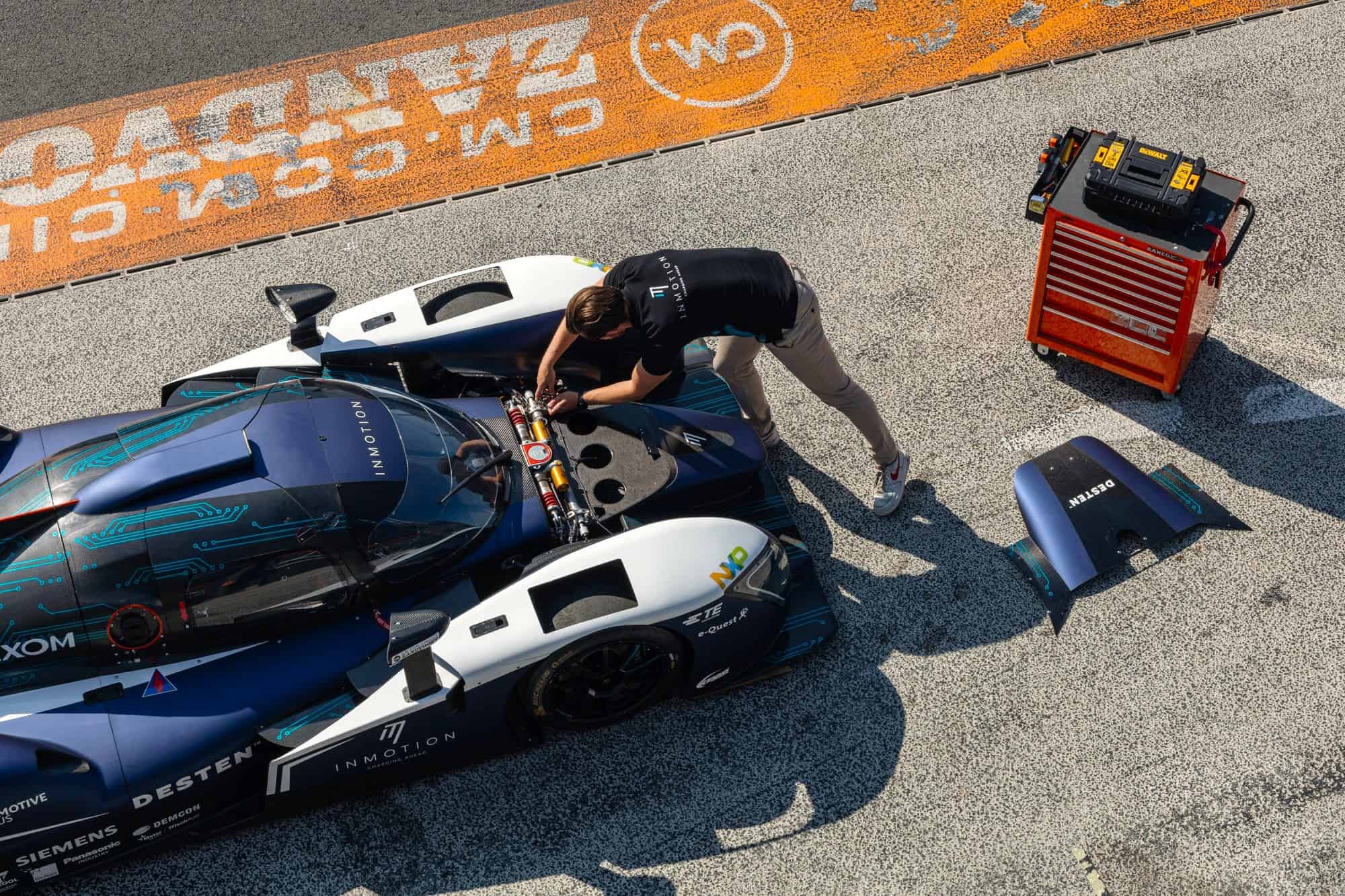
Naval Postgraduate School (NPS) students, under the leadership of Dr. Di Zhang, have achieved a significant milestone in electric aircraft propulsion technology by developing a breakthrough circuit breaker. This innovative design, capable of supporting large electric platforms running on direct current electricity, is a game-changer for future electric aircraft propulsion. The circuit breaker is not only compact and lightweight, but it also manages to maintain power, making it ten times lighter than its predecessors. Despite the global pandemic, the team successfully met their project deadline, earning them a $750,000 research grant from NASA to refine the design further. This aligns with the Department of the Navy’s drive to speed up innovation. The breakthrough is lauded as a paradigm of interdisciplinary research leading to practical technological solutions.
- Naval Postgraduate School’s breakthrough circuit breaker revolutionizes electric aircraft propulsion for efficiency and safety.
- NASA grants $750,000 for further design refinement, validating its significance.
- Future plans focus on advancing electric aircraft propulsion systems for enhanced efficiency and adaptability.
The breakthrough invention
The team at the Naval Postgraduate School (NPS), led by Associate Professor of Electrical and Computer Engineering Dr. Di Zhang, has produced a revolutionary circuit breaker. This isn’t just any circuit breaker; it’s a design specifically purposed for electric aircraft propulsion (EAP). The invention is a critical component that can safely shut down an aircraft running at maximum power, a feature necessary for any electrical system, but especially so for those in aviation. The team’s circuit breaker is both compact and lightweight, yet robust in power, cutting the weight to one-tenth of previous models without compromising efficiency.
The importance to electric aviation
The innovation holds significant importance in the development and operation of EAP systems. It addresses a critical barrier in the development of EAP technology, namely the need for a safe and efficient system to stop the flow of high current and voltage in a direct current (DC) electrical system. Such a system is essential to prevent interference with other electric systems in an aircraft. Moreover, the breakthrough circuit breaker provides enhanced design flexibility, promises lower energy consumption, and improves stealth capabilities, thereby contributing to the future of Navy capabilities.

NASA’s role and the road ahead
NASA recognised the potential of this innovation early on, awarding Dr. Zhang and his team a $750,000 research grant to continue refining the breaker’s design. The grant will specifically facilitate further refinement of the weight and performance of the breaker’s design. The involvement of NASA not only validates the significance of the breakthrough but also provides critical support for its continued development.
Looking to the future, the Naval Innovation Centre at NPS is set to support the development of EAP technology and other innovation efforts. With the circuit breaker having reached Level 6 on the Technology Readiness Level scale, the team now plans to utilise the research grant to continue refining the design, pushing towards even greater efficiency and adaptability in electric aircraft propulsion systems.








